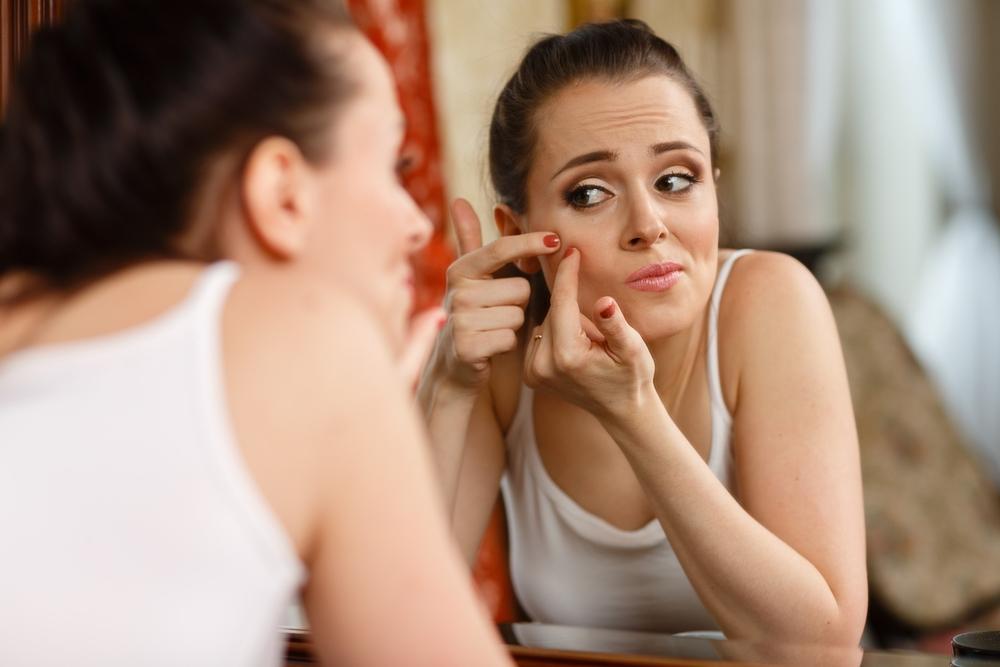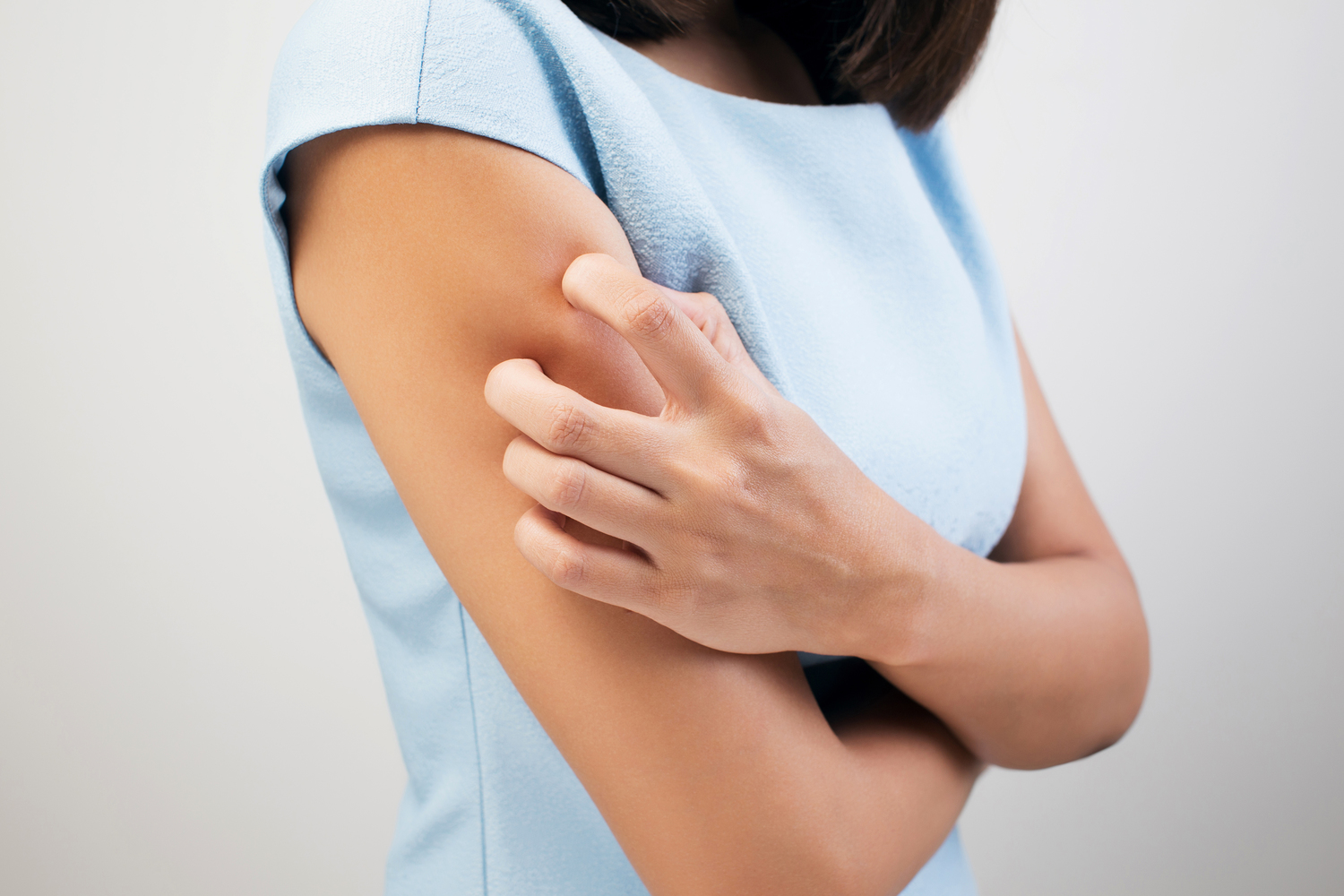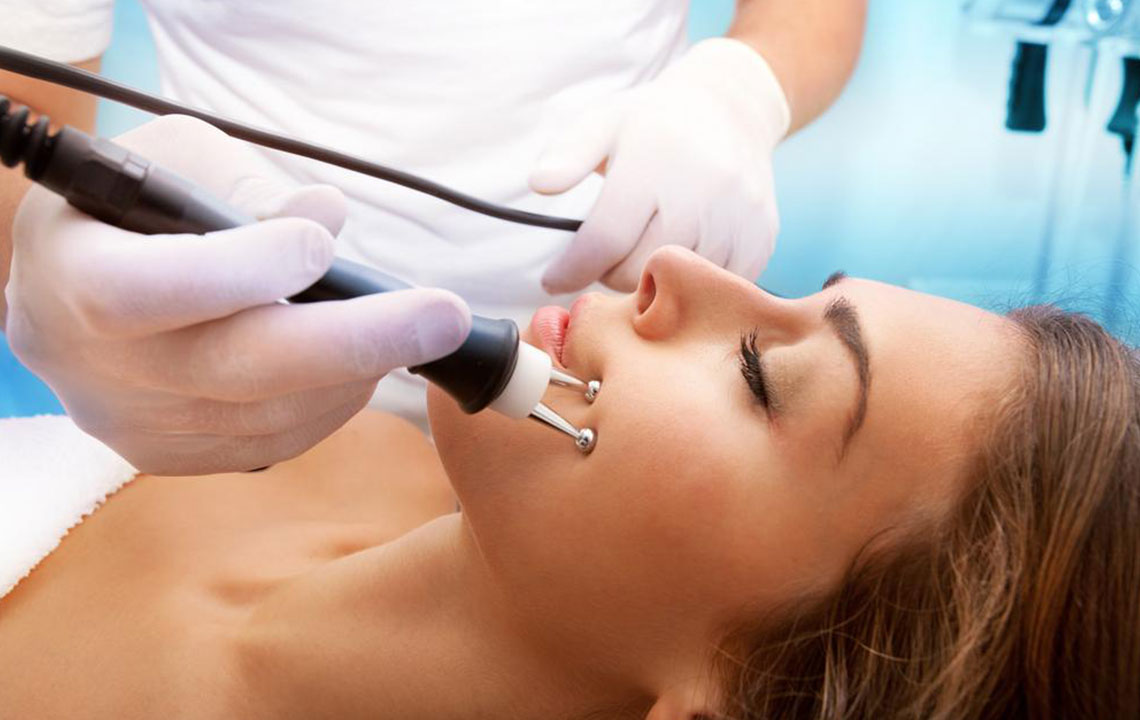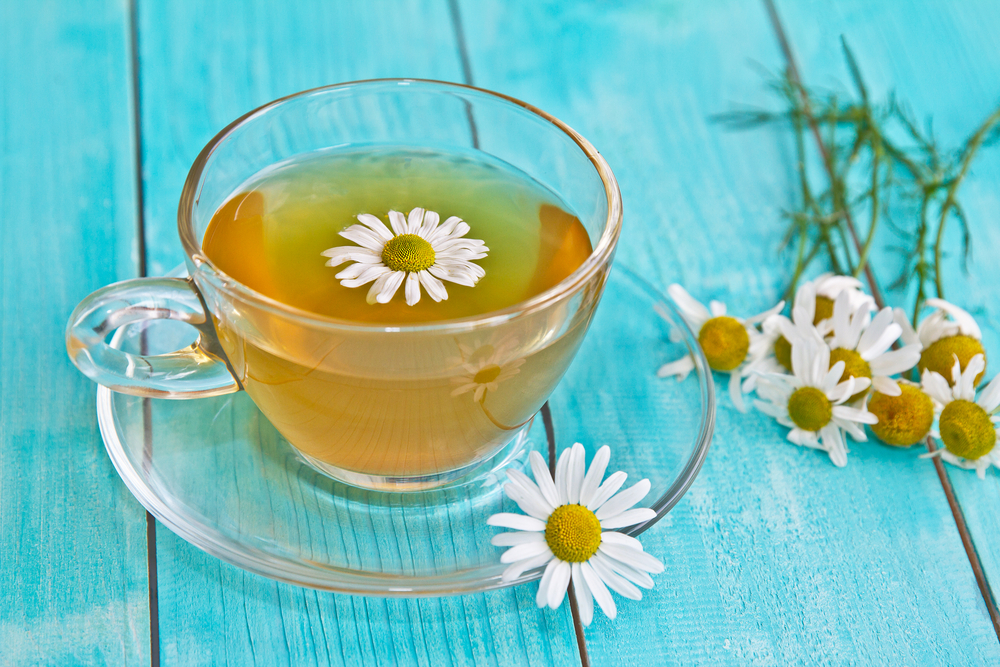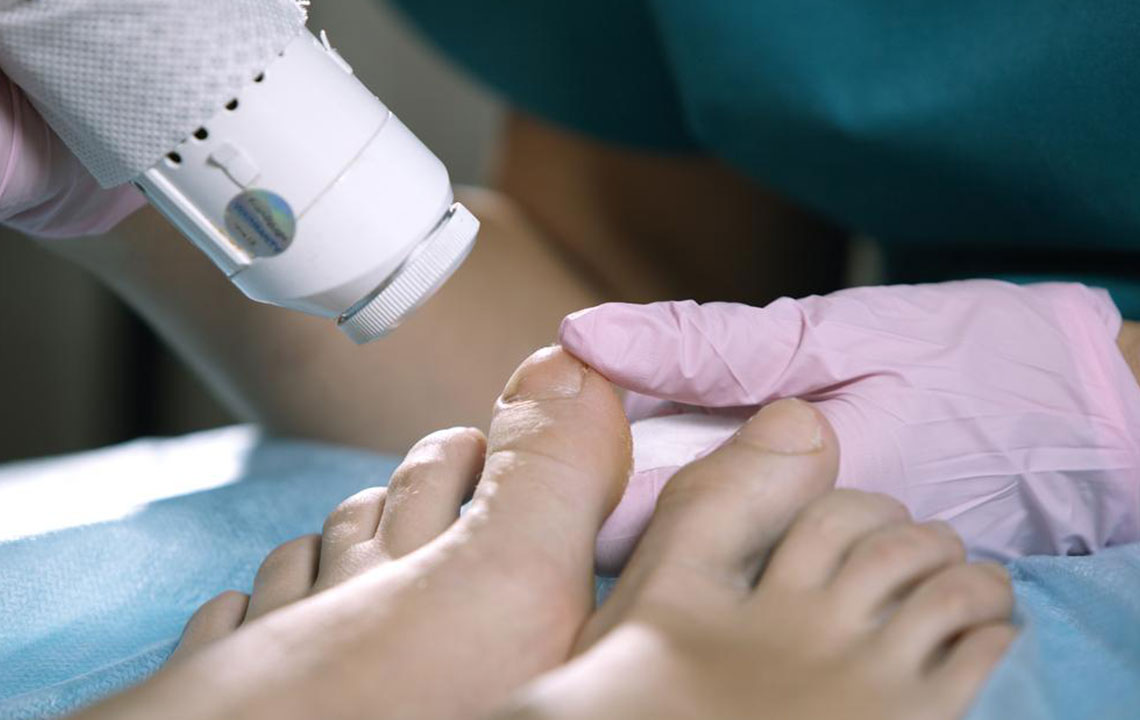Effective Strategies to Treat Severe Cystic Acne
Discover comprehensive methods to treat severe cystic acne, including medical therapies, natural remedies, and dietary tips. Consulting a dermatologist ensures personalized care for effective results and scar prevention. Learn to manage this painful skin condition with expert-approved strategies for healthier skin.
Sponsored

Cystic acne, a severe form of acne, often affects teenagers and young adults. It manifests as deep, painful, inflamed lumps beneath the skin’s surface. This serious skin condition results from bacteria, excess oil, and dead skin clogging pores, leading to swelling, pain, and potential scarring. Although healing can take time, proper treatments can manage and reduce cystic outbreaks effectively.
1. Medical Treatments
If cystic acne persists or recurs frequently, consulting a dermatologist is crucial for effective treatment and scar prevention.
This allows tailored treatment options, which may include:
Prescription Therapies: Dermatologists may inject medication directly into cysts to reduce inflammation and promote healing. They might also drain the cyst using sterile tools to minimize scarring and infection. Home popping of cysts should be avoided to prevent complications.
Laser Treatments: Laser therapy can target and destroy bacteria that cause cystic acne. It also stimulates collagen production, helping diminish scars and accelerate recovery.
Alongside medical options, natural home remedies can support healing and symptom relief.
Heat Application: Applying a warm compress helps relieve pain and swelling. Soak a clean cloth in warm water, squeeze out excess, and gently press it on the cyst for 10-15 minutes. Repeat as needed for comfort.
Tea Tree Oil: Known for antibacterial properties, diluted tea tree oil applied with a cotton swab can reduce bacteria and inflammation. Always perform a patch test and dilute before use to prevent irritation.
Apple Cider Vinegar: With antimicrobial effects, a mixture of equal parts apple cider vinegar and water applied with a cotton ball can help reduce bacteria. Use for 10-15 minutes and rinse thoroughly, testing skin sensitivity first.
Aloe Vera: Its soothing properties can alleviate inflammation. Apply fresh aloe vera gel to affected areas, leaving it on for 20-30 minutes, then rinse. Doing this twice daily can support healing.
Proper diet can also aid in controlling cystic acne.
Dietary Adjustments: Eating nutrient-rich foods can help combat breakouts. Incorporate berries like strawberries and blueberries, which contain antioxidants and vitamin C, to reduce inflammation. Nuts such as almonds and walnuts supply omega-3 fatty acids that promote healthy skin. Yogurt, rich in probiotics, supports gut health, which is linked to clear skin.
Before starting any treatment, consult a dermatologist to understand the risks and develop a personalized plan to manage and prevent cystic acne effectively.

